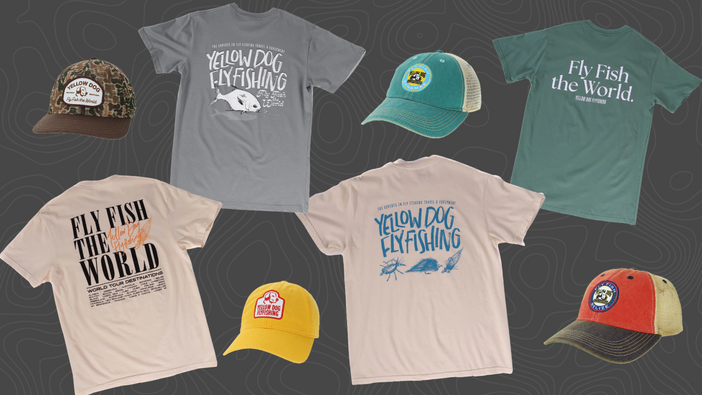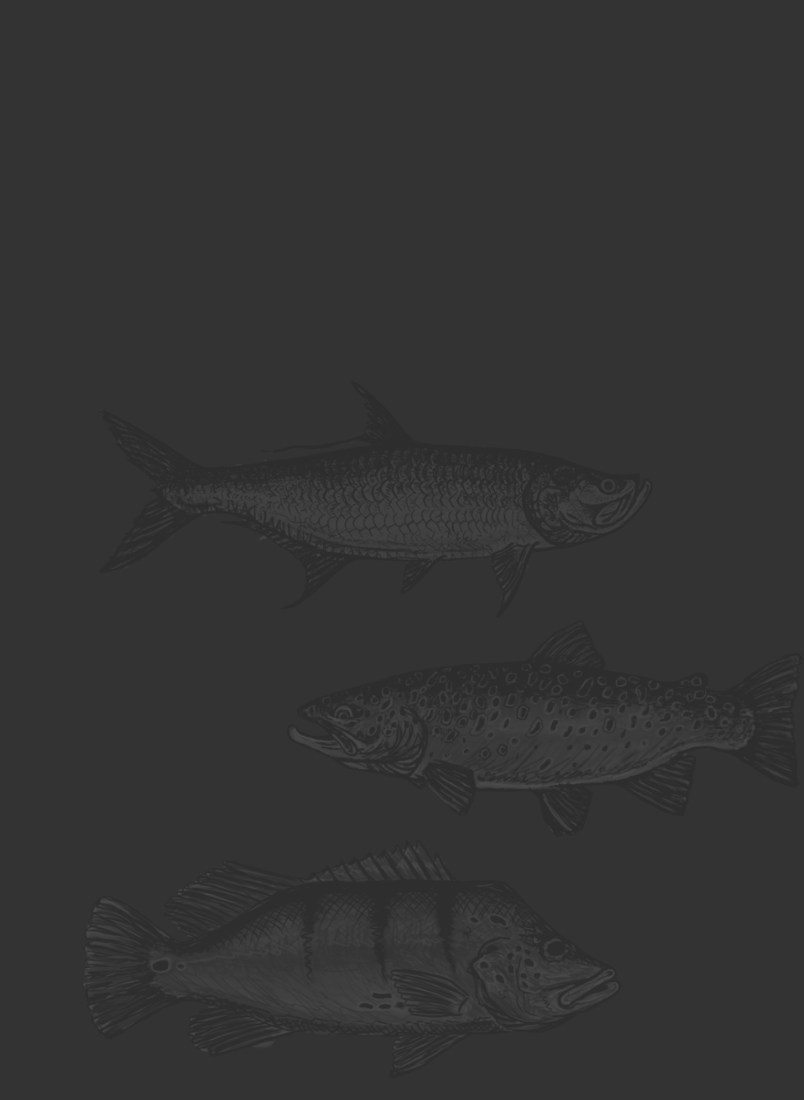Quick Answer
Hear from full-time saltwater fly fishing guide, Wil Flack:
More in-depth information on how to tip your guide
Guides are a valuable asset when exploring new locales, they give you the extra edge that can turn an average day on the water into a phenomenal fishing trip, as well as creating a hassle-free experience. Like most workers in the service industry, they are typically given a tip to compensate for their hard work.
When heading to the boat ramp, caught up in the excitement of fishing new water, don’t forget the tip. Tipping your guide, whether you are on a guided drift boat trip in Montana or searching the flats for bonefish, is an important aspect of a guided fly fishing trip that each angler should be prepared for before they book their first trip.

The tip is generally not included in the total cost and while it is not necessarily mandatory, it is a great way to thank your guide who worked hard to put you on fish throughout the trip. Therefore, it is important to understand the services a guide provides that allow their clients to have an exceptional experience.
Understanding The Role of a Guide
Anglers new to guided fly fishing trips can be overwhelmed and filled with questions about the process of booking a trip, what is provided on the trip, and what form of service they can expect from a guided fly fishing venture, so it's important to understand how guides differ from a "do it yourself" trip.
In many cases the guide provides an all-inclusive experience, who is there, not only to give you chances at catching fish but providing a memorable day that you and your family or friends can cherish in the future.

By booking a legitimate guide you are employing a professional in the fly fishing industry, who invested their time, energy, and money into perfecting their craft and enabling themselves to provide a valuable service that could not be recreated by a self-guided trip in unfamiliar water.
Fly Fishing Guides Provide a Service
Many fly fishing guides, especially those working for smaller outfitters, have poured their hard-earned money into their careers to provide the best experience possible for their clients.
Depending on the location a guide may spend money on fuel, vessels, food, drink, flies, leader, rods, and reels, which over time are continuously being repaired and replaced. Gear and boats go through rigorous wear and tear after hundreds of days per season on the water and costs are accrued after heavy use.
Not to mention sleepless nights are dedicated to staying up in front of the vise, tying up patterns they will no doubt lose the next day in pursuit of catching their client a trophy fish.
Additionally, guides are not only there to bring the gear, the lunch, and captain the boat, they are offering highly insightful knowledge of the water and the fish that reside in them. Oftentimes, they are called on to teach their clients to cast, mend, and set the hook, which in of itself is a valuable lesson.

Guides are a difference-maker on rivers, lakes, and salt flats, and they are a key component of the trip that allows you to focus on the fishing and beautiful locations that the fish call home, all other tasks are taken on by the guide.
So, when fishing with a guide, even if you have fished there before, it is best to follow their lead and let them do their job. Countless hours of fishing, guiding, and studying have equipped them with the skills needed to properly put their clients onto fish.
Guides also give away much of their closely guarded information and teach their clients how to properly read the water and find feeding fish, which is a skill that can be greatly appreciated if you ever decide to strike out on your own.
Guides provide the needed knowledge that enables you to have the most fulfilling day of fishing possible, but that being said, bad days do happen. Some days the weather does not cooperate, the flows change, or the fish are picky, so rather than judge the tip your guide receives by the number of fish you catch, tip your guide based on the overall quality of the experience and how hard they worked to put you on fish.
Guiding is difficult work and some days prove trickier than others to land fish, so take that into account before deciding on how much to tip your guide.

How Much to Tip Your Guide
A tip is a universal aspect of hiring a guide, and while it is not usually factored into the cost of the trip and is dependent on the generosity of the client, it is expected that any guide worth their salt is deserving of a gratuity from the customer.

Across the board, fifteen percent is considered the minimum amount to tip your guide, no matter if you are curious about how much to tip an Alaska fly fishing guide or a bass fishing guide in Texas. Therefore, the cost of a tip is dependent on how much the trip costs to book, which can vary widely, as short half-day trips can only run a few hundred dollars and package deals at luxury lodges can run thousands of dollars per day. As a good rule of thumb, a good tip for a full-day guided fishing trip is $100 USD.
Guided Trips Without Lodging
When booking a full-day guided fly fishing trip that does not include lodging, it is best to measure your tip by the cost of the trip for the day. This will usually run 100-150 dollars per full day of guiding. But oftentimes the client will feel that the guide went above and beyond their basic duties and are deserving of a tip that reflects their hard work.
If the trip was a half-day or only a few hours the amount will be less, around 50-100 dollars or more, depending on how the guide performed and if the client can afford a larger tip.
While guides know that large tips are not expected or mandatory, it is important to express your gratitude for an awesome day on the water, and tipping your guide extra, if it is within your budget, can certainly be a way to express your appreciation for a quality trip.
Package Trips Tipping Guidelines
Packages or all-inclusive trips often bundle the lodging, food, and guiding into one price. For these arrangements, it is typically customary to tip the entire staff of the lodge in one lump sum at the end of your stay. This can vary on destination and culture, but typically clients can expect to leave 8-12 percent of the total cost. This percentage is a baseline, but it can definitely increase if the service exceeded standards.

If problems do arise or a client has a bad experience, the issue should be taken up with the lodge management, instead of stiffing the employees a tip.
These lodges do not usually offer a specific dollar amount for the tip and simply remind the guest that it is proper etiquette to offer a gratuity to their guides and lodge employees.
Be Ready With Cash at the End of the Day
Cash is the best way to tip your guide, so be prepared for the final goodbyes, either at the shop or boat launch, you don't want to be left scrambling for dollar bills when the time comes to shake their hand and thank them for a great day on the water.
Some guides, depending on the location, do not have the resources necessary to cash checks, so cash is an accessible form of currency.
Now that you know about the services provided by a guide and the proper way to tip them, get out there and book your next fly fishing adventure.
READ MORE:





























